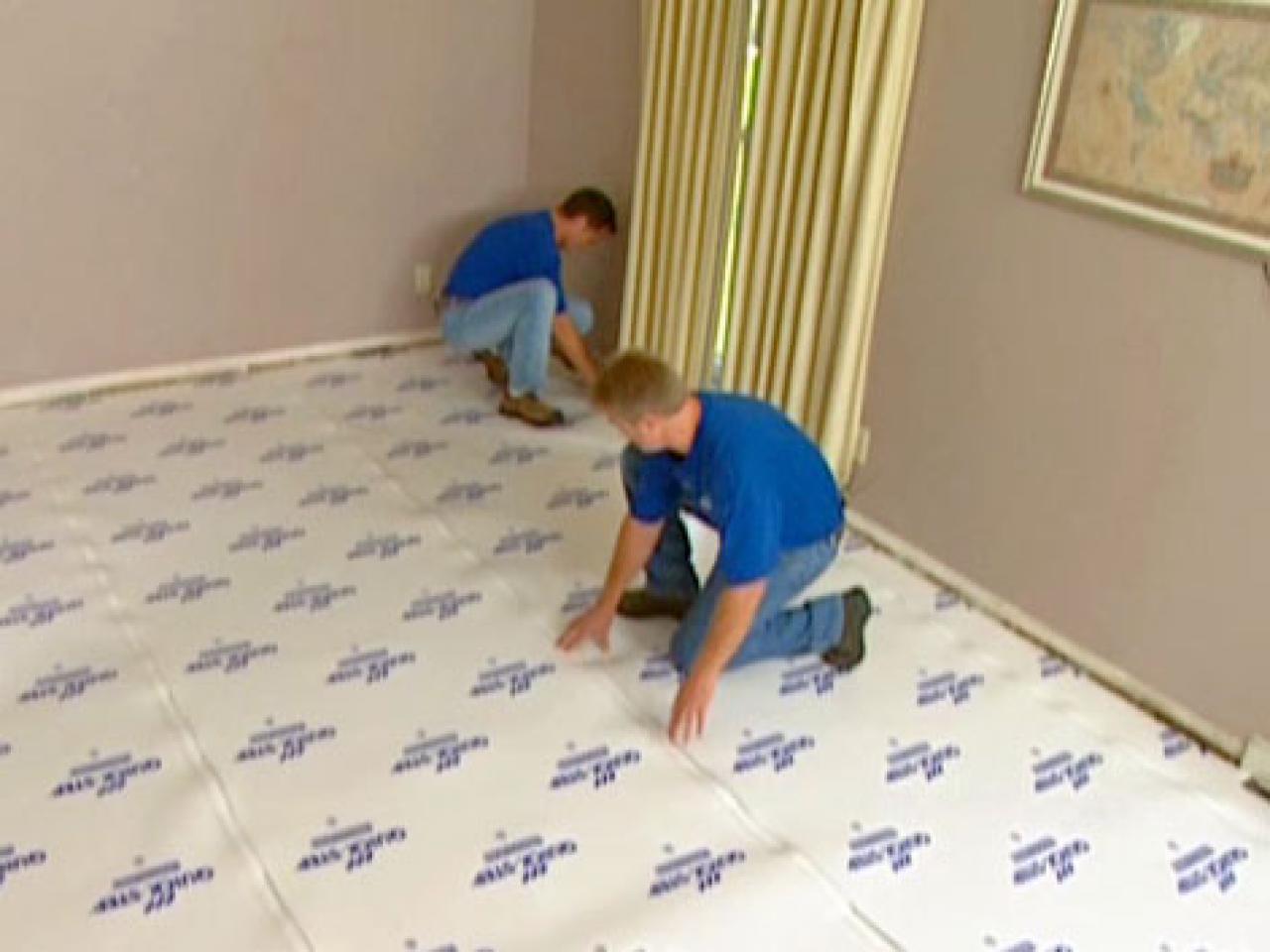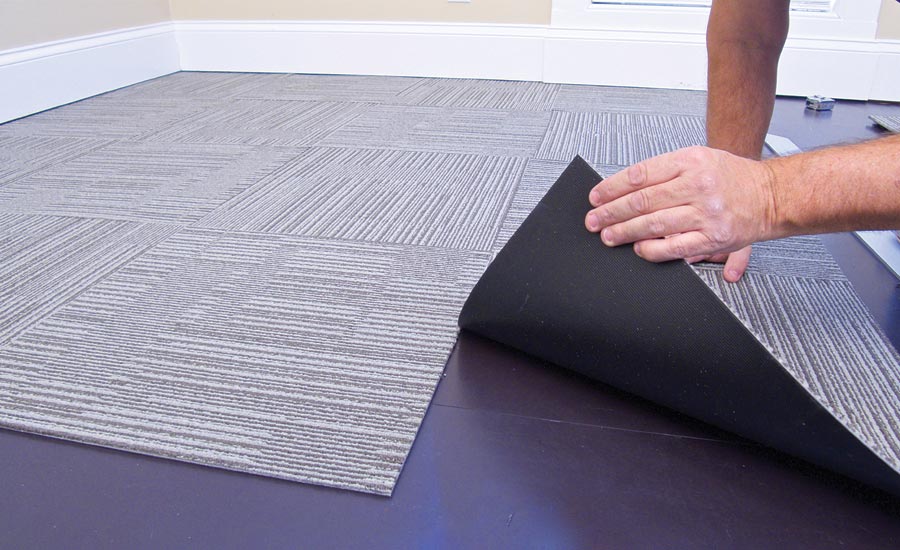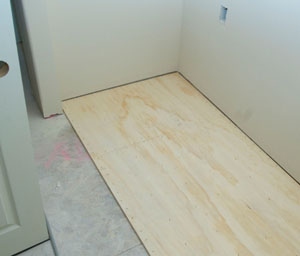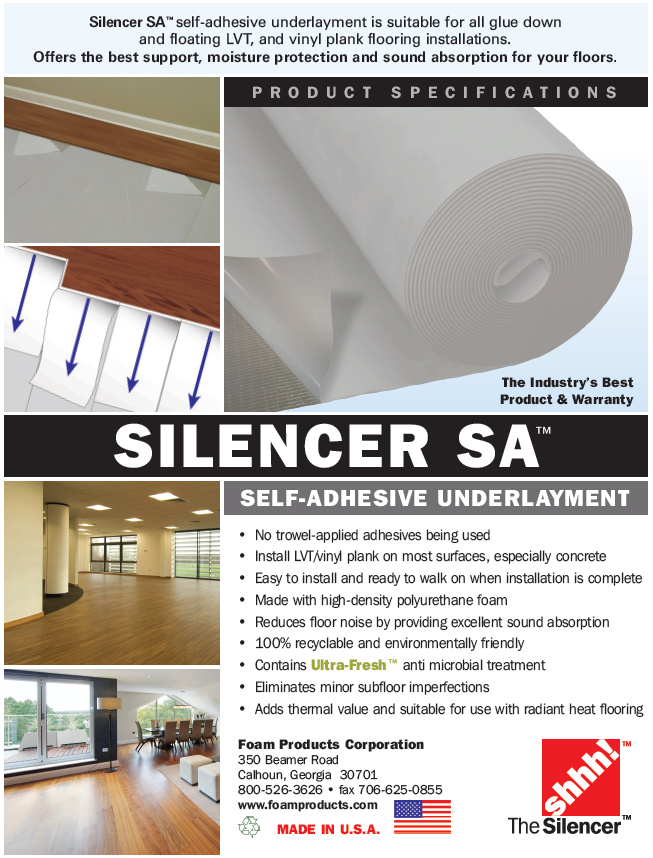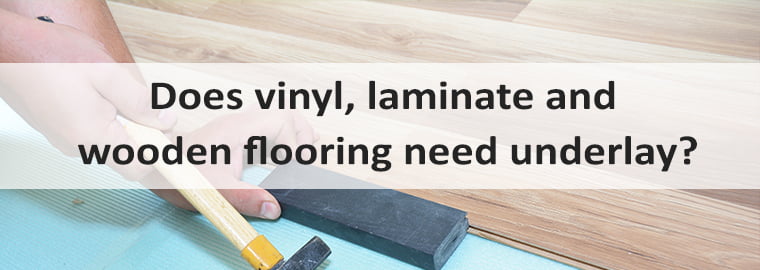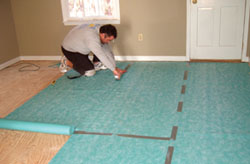Roll Underlayment In Same Direction As Floor

Subsequent pieces butt up next to the previous piece but never overlap.
Roll underlayment in same direction as floor. As you unroll each roll the clear plastic end lies on top of the end with adhesive strip and two white pieces of foam will be butted up against each other. As you unroll each roll the clear plastic end lies on top of the end with adhesive strip and two white pieces of foam will be butted up against each other. Roll out the next section of underlayment in the same manner making sure the seams. The underlayment cushions the floor thus preventing bends and cracks and it also protects against moisture.
Begin in a corner and install the underlayment parallel to the wall in the opposite direction you plan to install the flooring planks. Wilsonart makes a roll of foam floor underlay for every underlayment situation starting with its most basic standard foam in a 5 wide roll at about 25 per foot and a basic polyfilm moisture barrier heavier than normal 8mil for on slab vapour barrier applications. But the tile contractor must also understand the importance of running the plywood underlayment perpendicular to the joists if he or she is to maximize potential for a successful. These two functions are combined in plastic coated foam underlayment available from.
Knowing that the subfloor must be installed with the strength axis perpendicular to the joists for code compliance is important. A popular option if you want to install this eco friendly floor underlayment is qep cork underlayment roll. Make sure to leave 2 around the edges on all sides this will be trimmed off after the flooring is installed. Wilsonart roll of foam floor underlay underlayment designed for floating floor installation.
It also makes the floor noticeably more cushioned when compared to flooring installed over bare subfloor. Underlayment panels should be installed with the long direction or strength axis perpendicular to floor joists never parallel to the subfloor seams. The underlayment has a plastic strip on one end that goes along the wall and up the wall that will be covered by the baseboard and the other end has a strip of adhesive tape. This natural cork underlayment has a thickness of 0 25 inches and is an ideal option for tile hardwood and laminate floors.
Leave at least 2 of excess underlayment up the wall and trim after completing the floor installation. Roll out underlayment fabric side up and parallel to the wall in the opposite direction the floor covering will be installed. The underlayment has a plastic strip on one end that goes along the wall and up the wall that will be covered by the baseboard and the other end has a strip of adhesive tape. All panel edges should be staggered at least 2 inches to the subfloor seams for increased stability.
Trim the underlayment to fit the sub floor leaving a gap at each wall.
